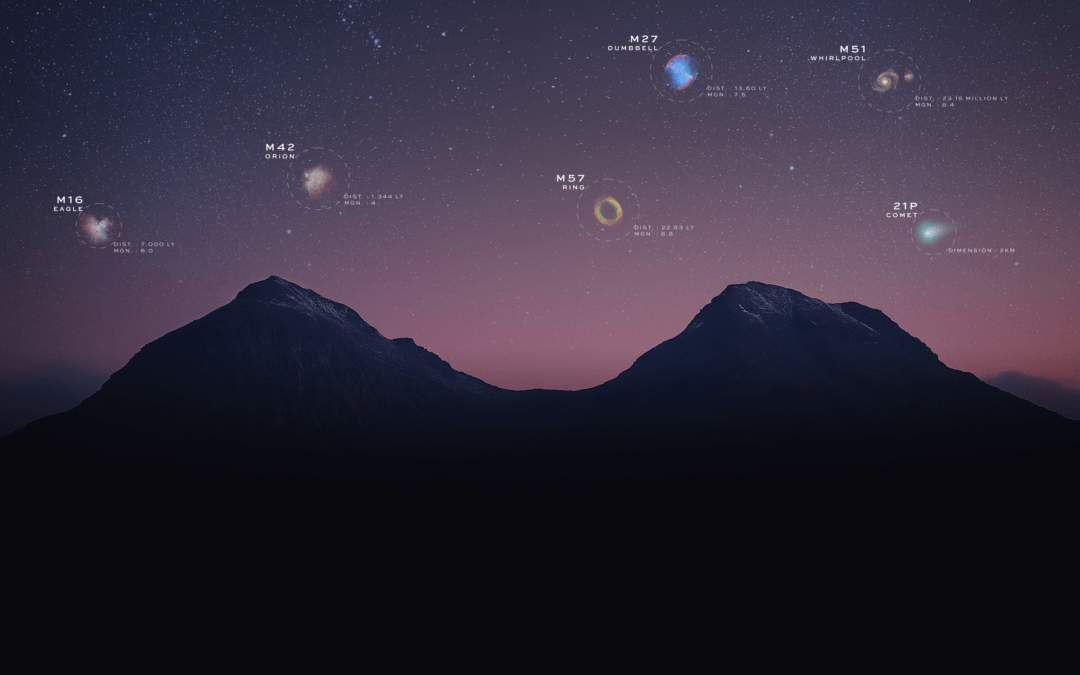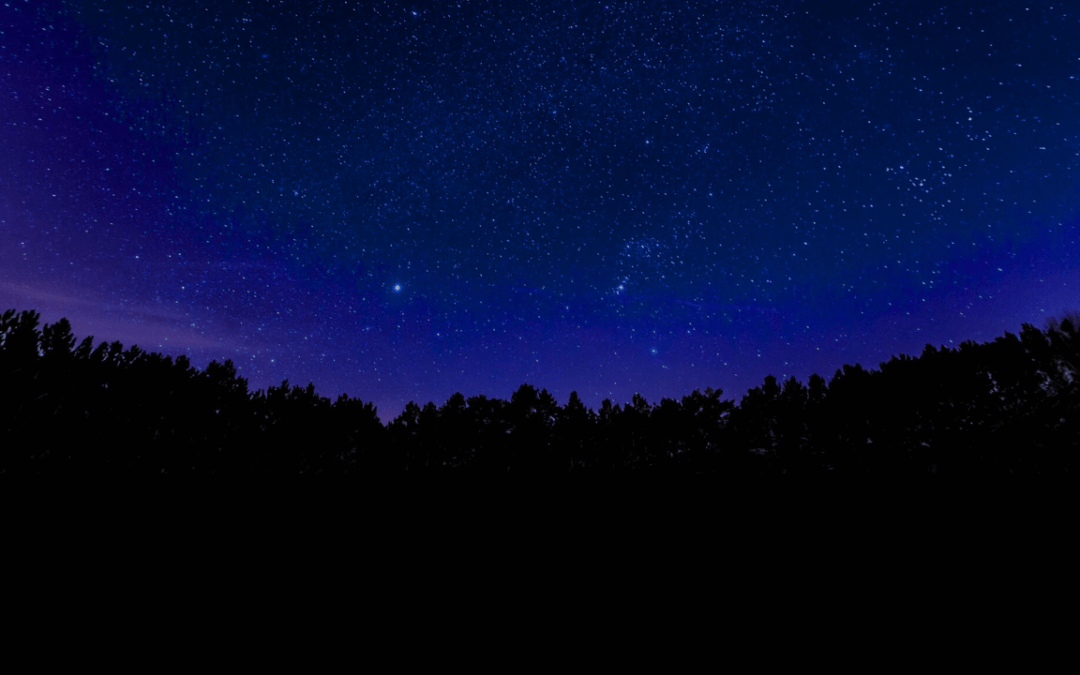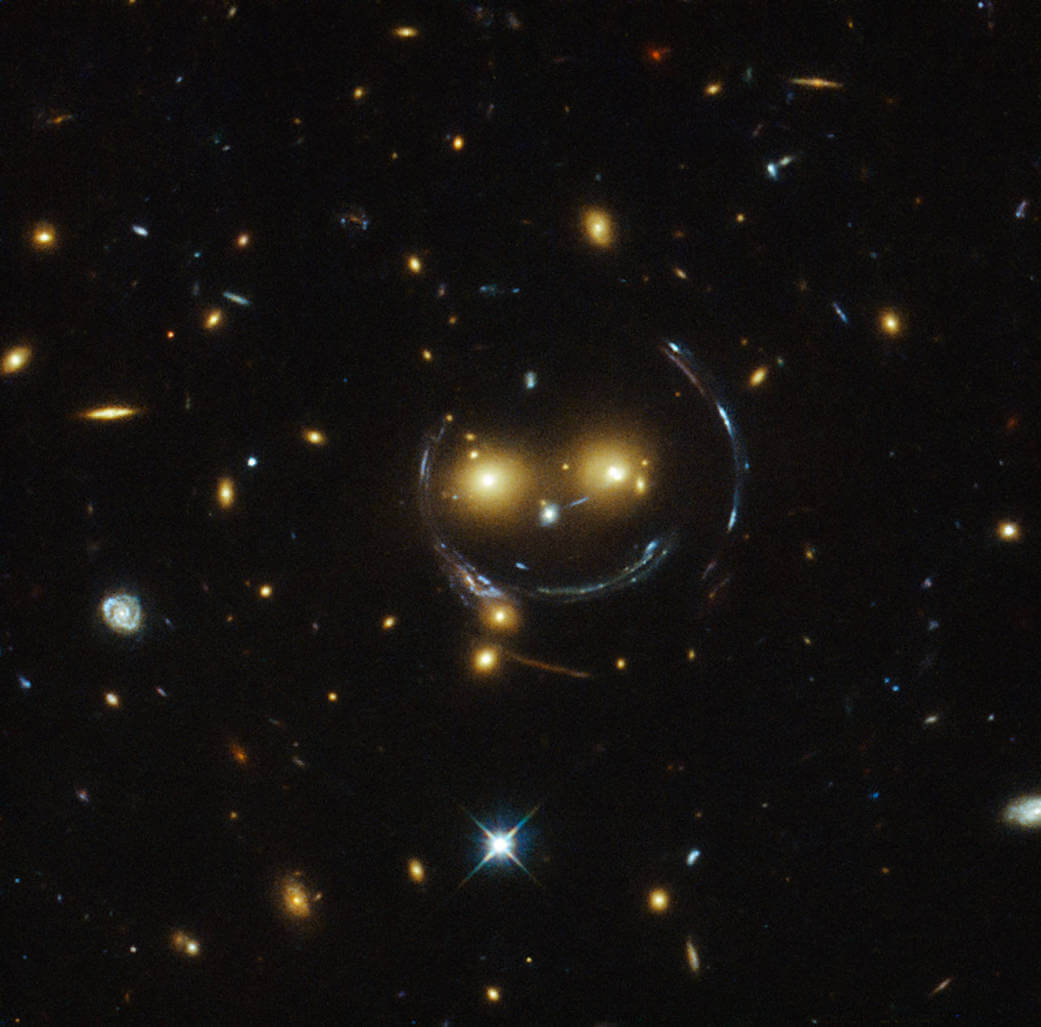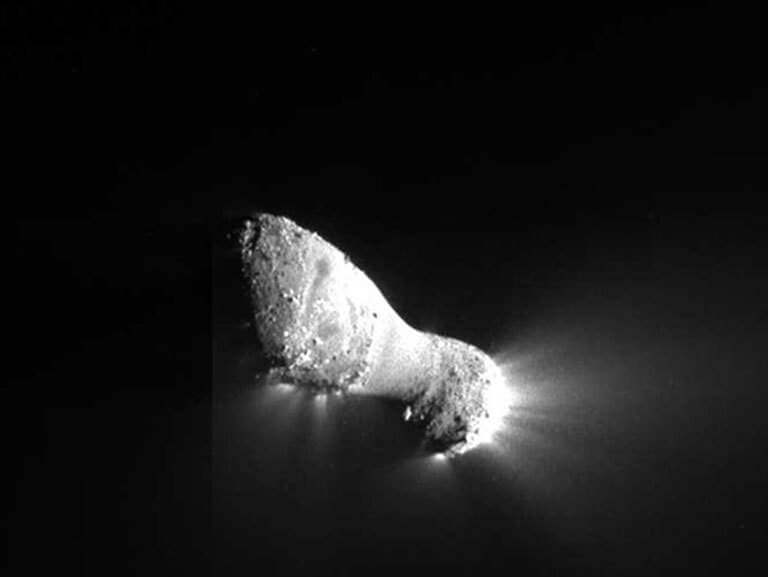In March of 2022, astronomers discovered a comet from the outer reaches of the Solar System making its way toward the Sun. Called C/2022 E3 ZTF, the object will be passing by Earth in February, leaving a bright trail of gas and dust behind it.
There’s even a chance that Comet E3 will be visible to the naked eye in February. That’s a rare occurrence for comets — the last one bright enough to be observed without a telescope was NEOWISE in 2020. To find out whether this comet will make a naked-eye appearance, scientists need more observations of how its brightness is changing as it gets closer to the Sun. Comets contain ice, and as they approach the Sun, that ice warms up and sublimates, or turns directly from a solid to a gas. This process creates a comet’s tails, which can stretch for millions of miles, as well as the bright cloud of gas and dust that surrounds the comet’s body, known as the coma.
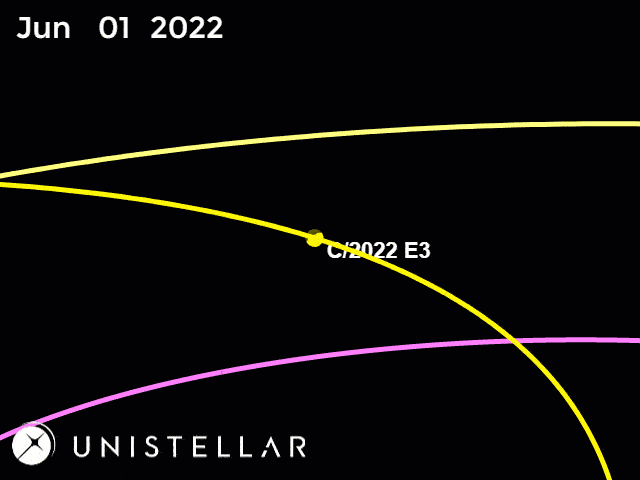
The orbit of Comet 2022 E3 ZTF. Credit: Tony Dunn
Comet E3 comes from the Oort Cloud, a region of the Solar System far from the Sun inhabited by comets, asteroids and dwarf planets. At some point, a gravitational push nudged Comet E3 from its orbit and sent it flying inward toward the Sun. Astronomers actually thought Comet E3 was an asteroid at first because they couldn’t see any coma or tail. However, further observations revealed that it did indeed have a coma, meaning it had to be a comet.
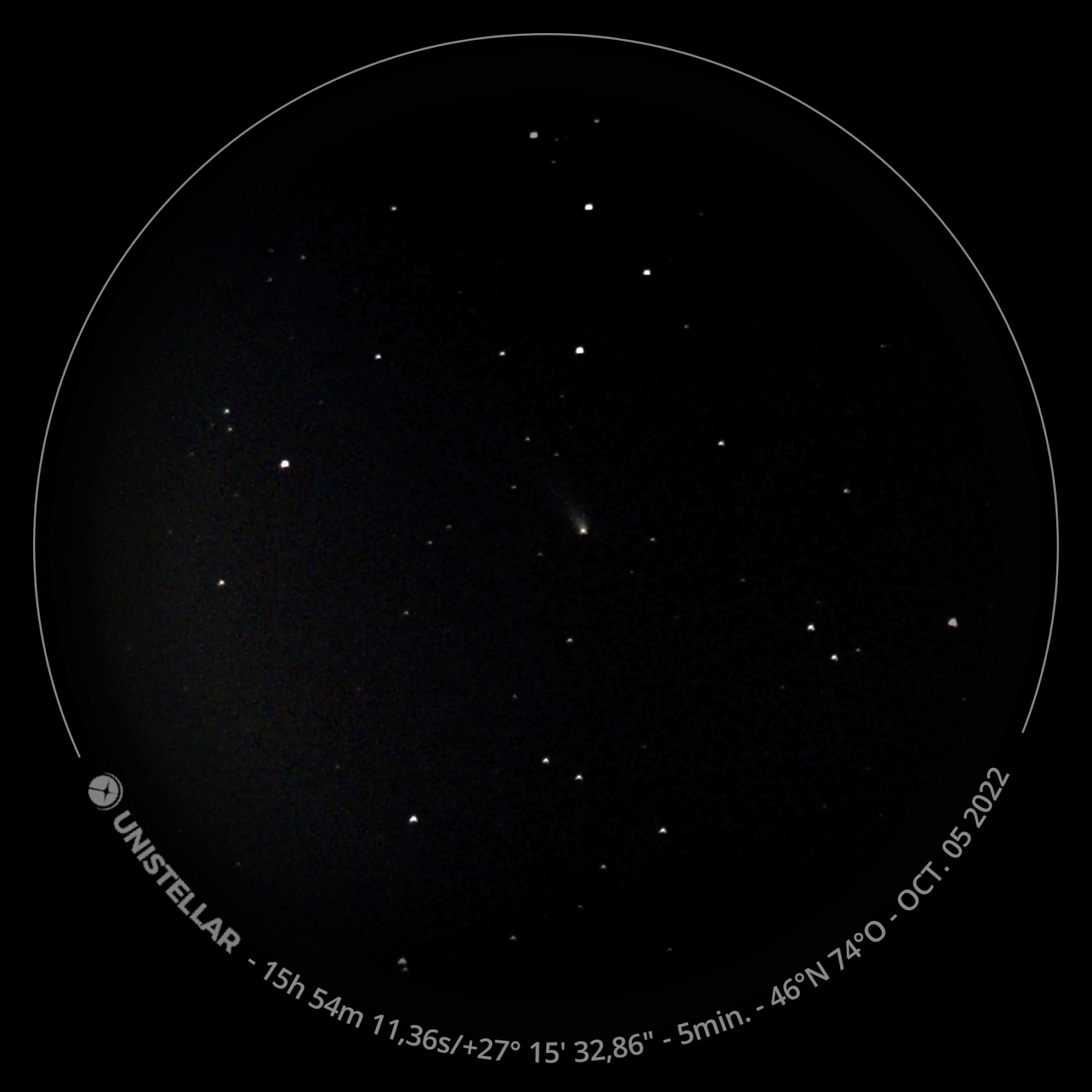
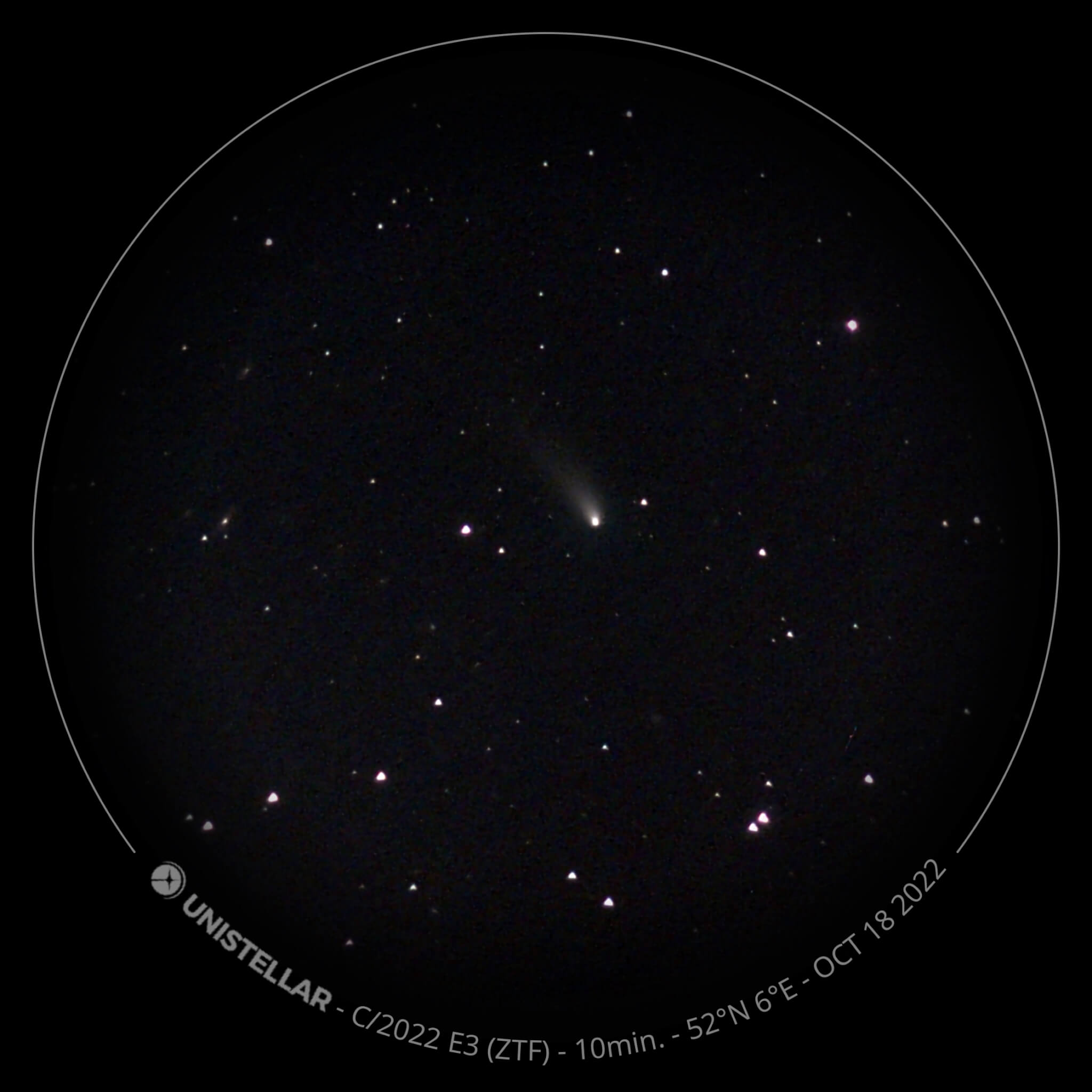
eVscope images of Comet 2022 E3 ZTF from citizen astronomers Georges S. (left) and Aad V. (right). The images, taken nearly two weeks apart, show the brightening of the comet over time.
The incoming comet will pass closest to the Sun on January 12, 2023, and then draw nearest to Earth on February 2, 2023, when it will be about 42,500,000 km (~26,400,000 miles) away. By the time of its close approach, Comet E3 will only be visible to the Northern Hemisphere in the constellation Camelopardalis.
Before that happens, scientists need more observations to see how its brightness is changing. That’s where you come in! Observe Comet E3 with your Unistellar Telescope and share your data with astronomers. This may be the first and last time we will see E3 pass near our home planet, so don’t miss your chance to catch this comet! With luck, we’ll soon know if an upwards gaze will be enough to witness Comet E3’s beauty.
How to observe this comet with your Unistellar telescope:
Comet 2022 E3 ZTF is registered in the Unistellar App Catalog, so it’s easy to observe. You’ll be using the Unistellar app’s science mode, which can be found under the Cometary Activity tab.
For more information on how to observe, visit the Tutorial Page. You will point to your target using the instructions detailed under Observation 1a: The comet is in the Unistellar app’s catalog.
In the Recording field enter the following information: 3970 ms / Gain: 25 dB / Duration: 20 min.
You can find more information on our Missions Page.
Further readings
3 raisons d’observer ce mois-ci
Sur Jupiter : Imaginez des lunes projetant leur ombre sur une planète géante. En ce moment, les lunes de Jupiter offrent un spectacle exceptionnel : des éclipses visibles même depuis des zones urbaines. Chaque passage d'une lune devant le Soleil crée une ombre qui danse sur la surface de Jupiter. Consultez notre article dédié pour ne rater aucun passage d'Io, Europe ou Ganymède.
La Nuits des Étoiles 2024
À l’occasion de la 34ème édition des Nuits des Étoiles, UNISTELLAR, renouvelle son partenariat avec l'Association Française d’Astronomie.
Unistellar Community Included In Multiple Scientific Papers
Did you know Unistellar Citizen Astronomers are often cited in published scientific papers? Find out how you can contribute too!
Nouvelle Mise à Jour de l’App Unistellar : Version 3.0
The latest Unistellar App Update, version V3.0, is now live. Explore a smooth stargazing experience !
Halloween Observing Guide: Spooky Deep-Sky Objects
These Halloween deep-sky objects will add some light to those dark, spooky nights. Treats, tricks, and telescopes await!
Guettez la comète Hartley 2 avec l’AFA et Unistellar
L’AFA et Unistellar s’associent pour observer la comète 103P/Hartley ! Participez avec nous à l’observation de la comète Hartley 2 jusqu’au 25 octobre.
